Craft and careers
Inspiring stories and practical advice for neuroscientists
Women are systematically under-cited in neuroscience. New tools can change that.
An omitted citation in a high-profile paper led us to examine our own practices and to help others adopt tools that promote citation diversity.
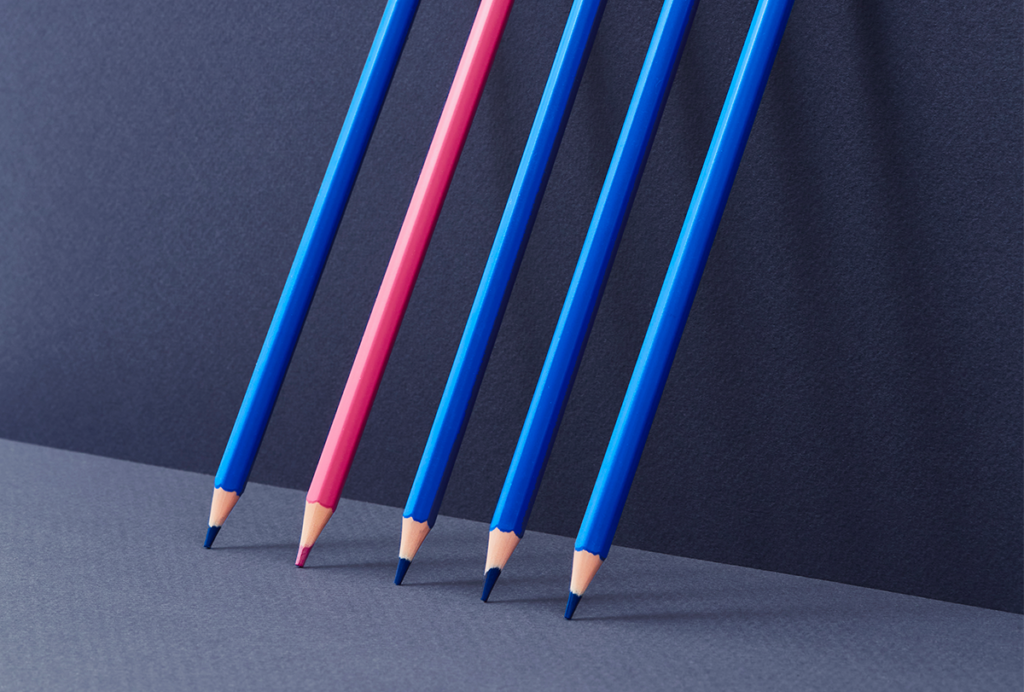
Women are systematically under-cited in neuroscience. New tools can change that.
An omitted citation in a high-profile paper led us to examine our own practices and to help others adopt tools that promote citation diversity.
Neuroscience graduate students deserve comprehensive data-literacy education
Despite growing requirements around how to handle and share data, formal training is lacking.
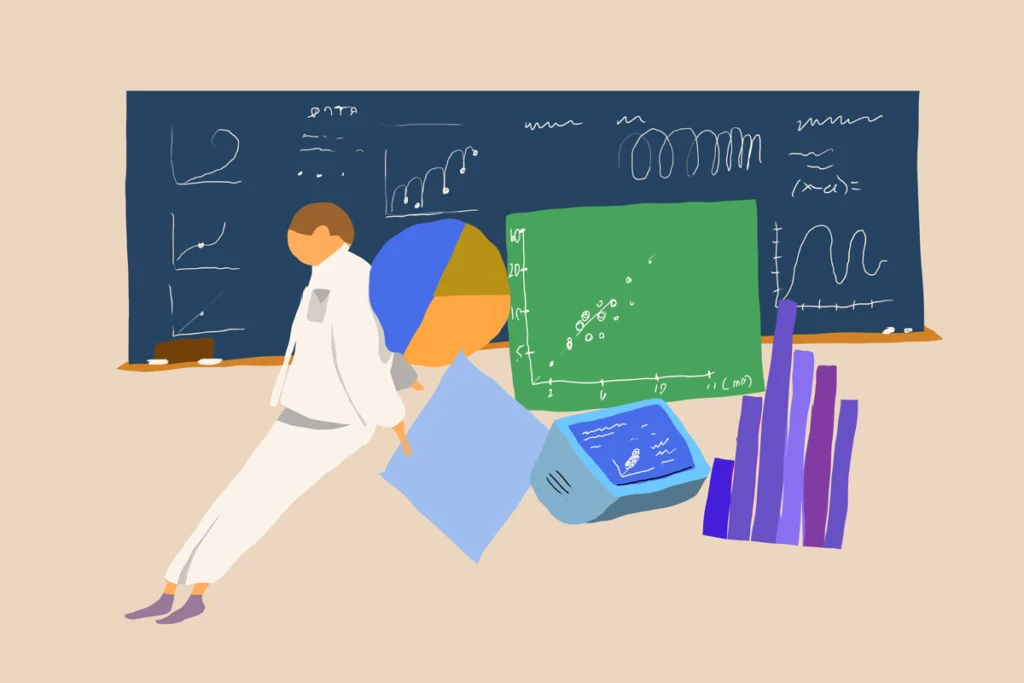
Neuroscience graduate students deserve comprehensive data-literacy education
Despite growing requirements around how to handle and share data, formal training is lacking.
Designing an open-source microscope
Funding for the development of open-source tools is on the rise, but support for their maintenance and dissemination, both crucial for their meaningful uptake, remains a major challenge.
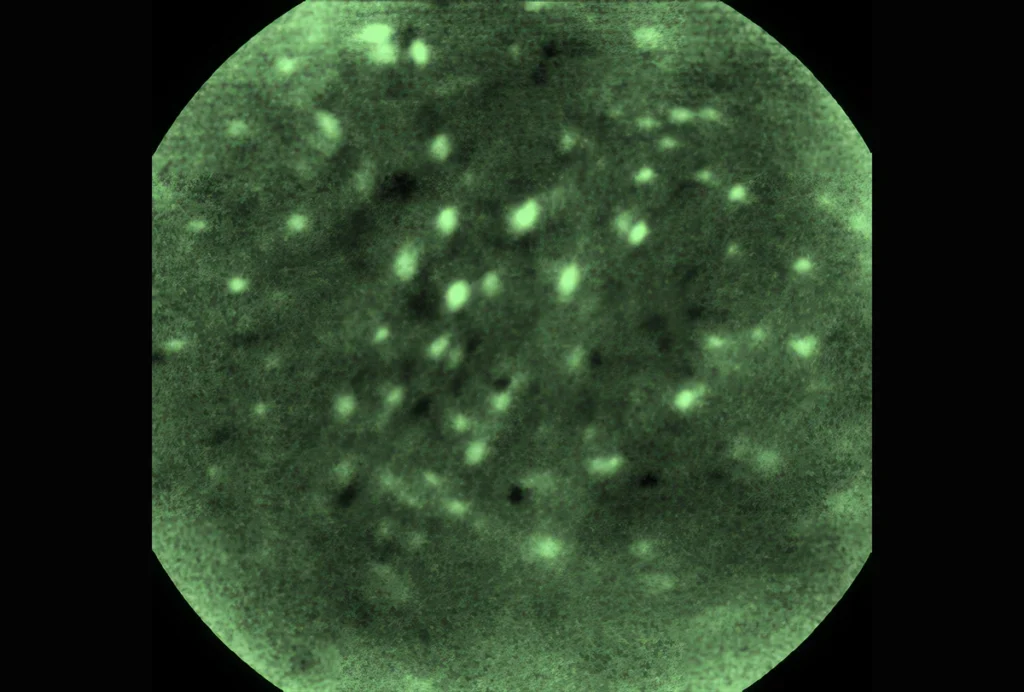
Designing an open-source microscope
Funding for the development of open-source tools is on the rise, but support for their maintenance and dissemination, both crucial for their meaningful uptake, remains a major challenge.
The Transmitter Launch: Q&A with Kaitlyn Casimo
A self-proclaimed “neuroscientist, engagement manager and theater nerd,” Casimo taps her broad training to engage the public and deliver “elevator pitch” workshops for Allen Institute scientists.
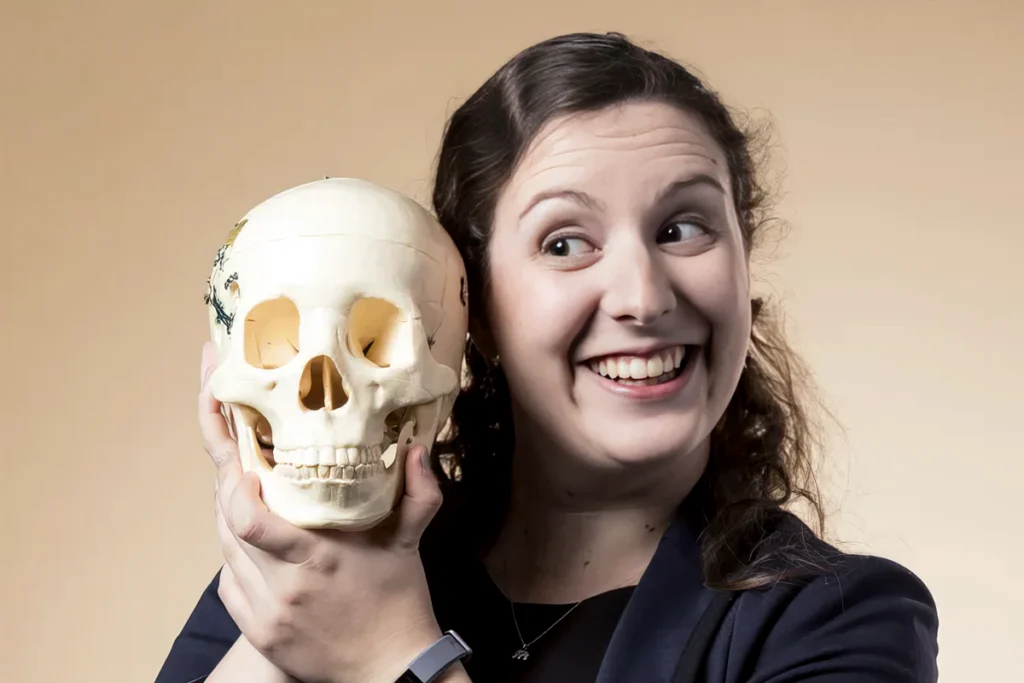
The Transmitter Launch: Q&A with Kaitlyn Casimo
A self-proclaimed “neuroscientist, engagement manager and theater nerd,” Casimo taps her broad training to engage the public and deliver “elevator pitch” workshops for Allen Institute scientists.
Striking a pose with Aya Osman
The neuroscientist and part-time fashion model opens up about the people who inspire her; her interest in science communication; and how she once ended up on a stage with Channing Tatum.
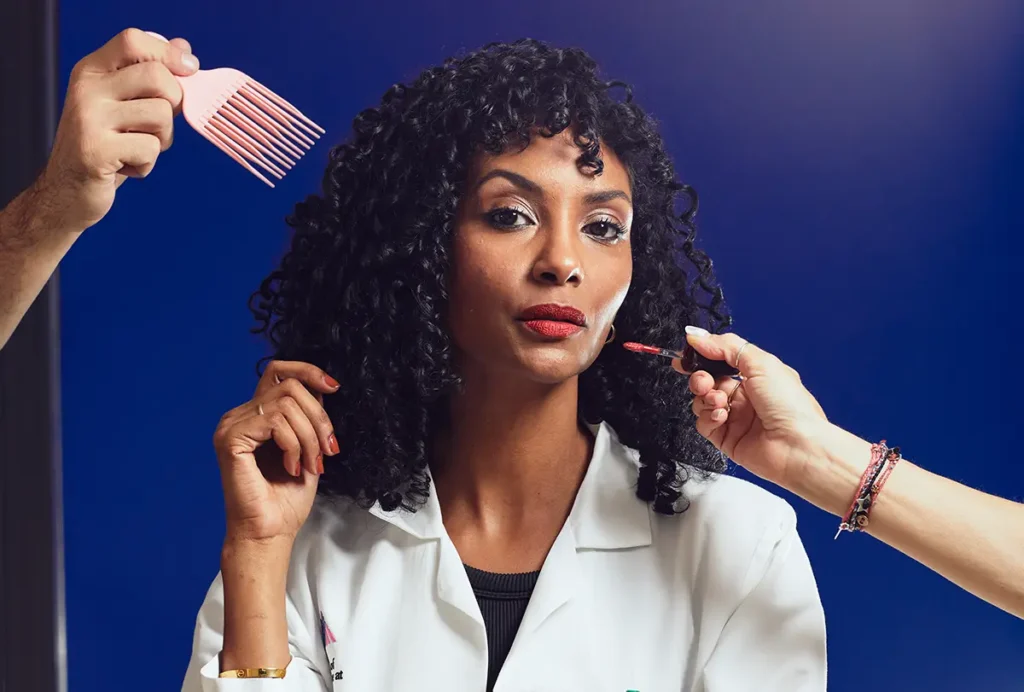
Striking a pose with Aya Osman
The neuroscientist and part-time fashion model opens up about the people who inspire her; her interest in science communication; and how she once ended up on a stage with Channing Tatum.
At the credit crossroads: Modern neuroscience needs a cultural shift to adopt new authorship practices
Old heuristics to acknowledge contributors—calling out first and last authors, with everyone else in between—don’t work well for large collaborative and interdisciplinary projects, yet they remain the default.
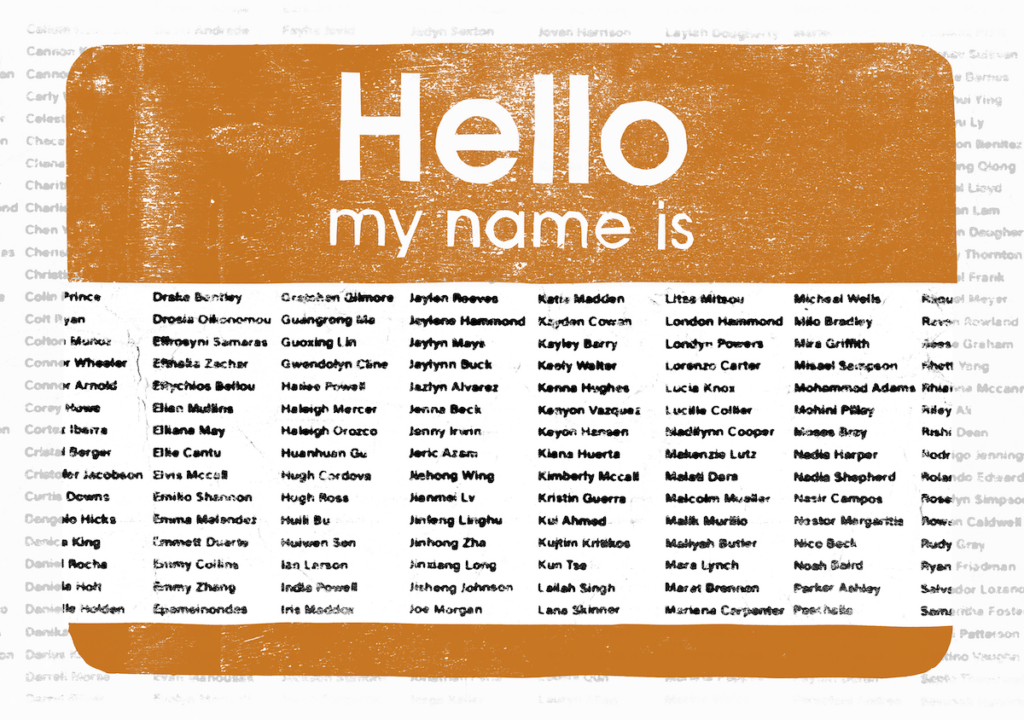
At the credit crossroads: Modern neuroscience needs a cultural shift to adopt new authorship practices
Old heuristics to acknowledge contributors—calling out first and last authors, with everyone else in between—don’t work well for large collaborative and interdisciplinary projects, yet they remain the default.
The Transmitter Launch: Industry internships, ‘Next Generation Leaders,’ and more
Working at a biotechnology or artificial-intelligence company is no longer an “alternative career” for researchers with a doctorate in neuroscience—plus jobs, training and funding updates for May.
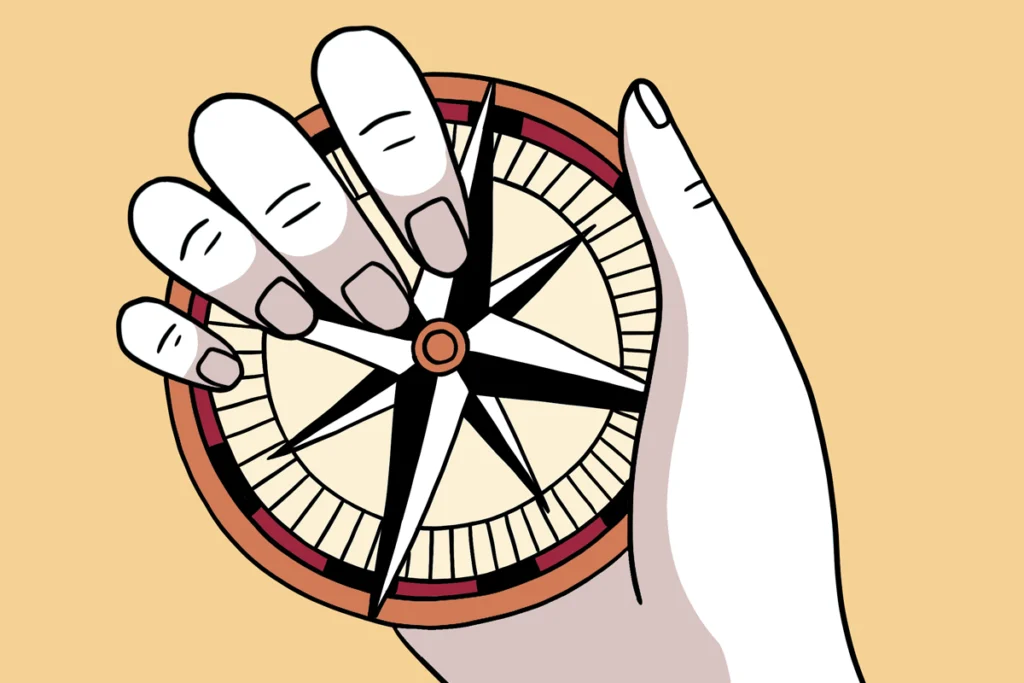
The Transmitter Launch: Industry internships, ‘Next Generation Leaders,’ and more
Working at a biotechnology or artificial-intelligence company is no longer an “alternative career” for researchers with a doctorate in neuroscience—plus jobs, training and funding updates for May.
How to explore your scientific values and develop a vision for your field
As a new professor, I was caught off guard by one part of the job: my role as an evaluator.

How to explore your scientific values and develop a vision for your field
As a new professor, I was caught off guard by one part of the job: my role as an evaluator.
The Transmitter Launch: Networking in neuroscience—five ways to find people
These tips spell out how to reach new people for conversation and collaboration.
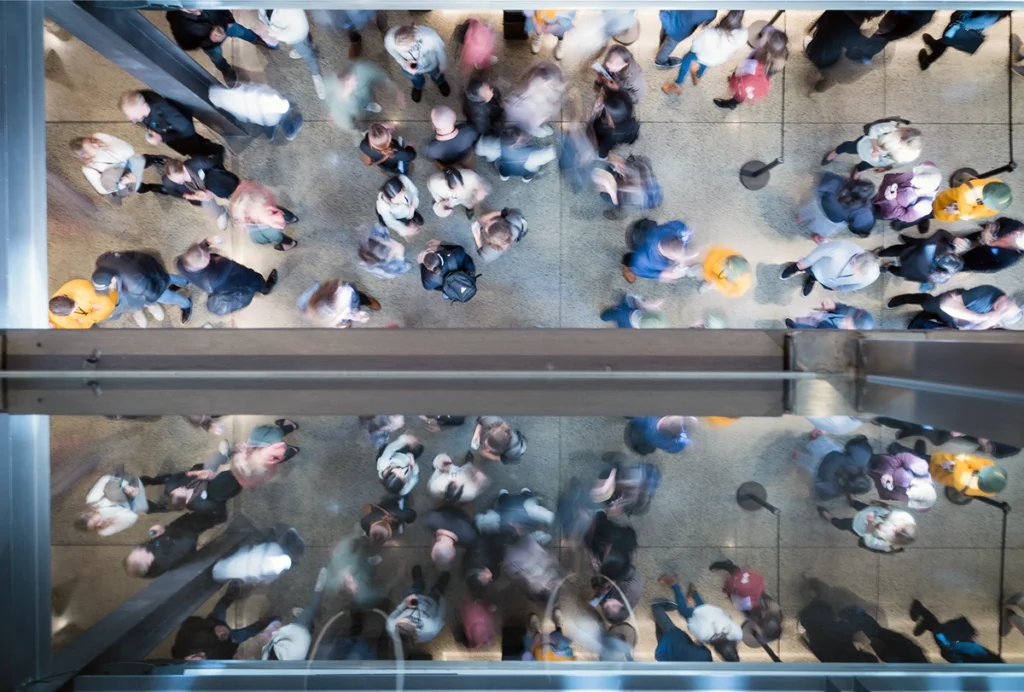
The Transmitter Launch: Networking in neuroscience—five ways to find people
These tips spell out how to reach new people for conversation and collaboration.
Boost your writing with AI personas
Asking ChatGPT to review your own grant proposals can help you spot weaknesses.
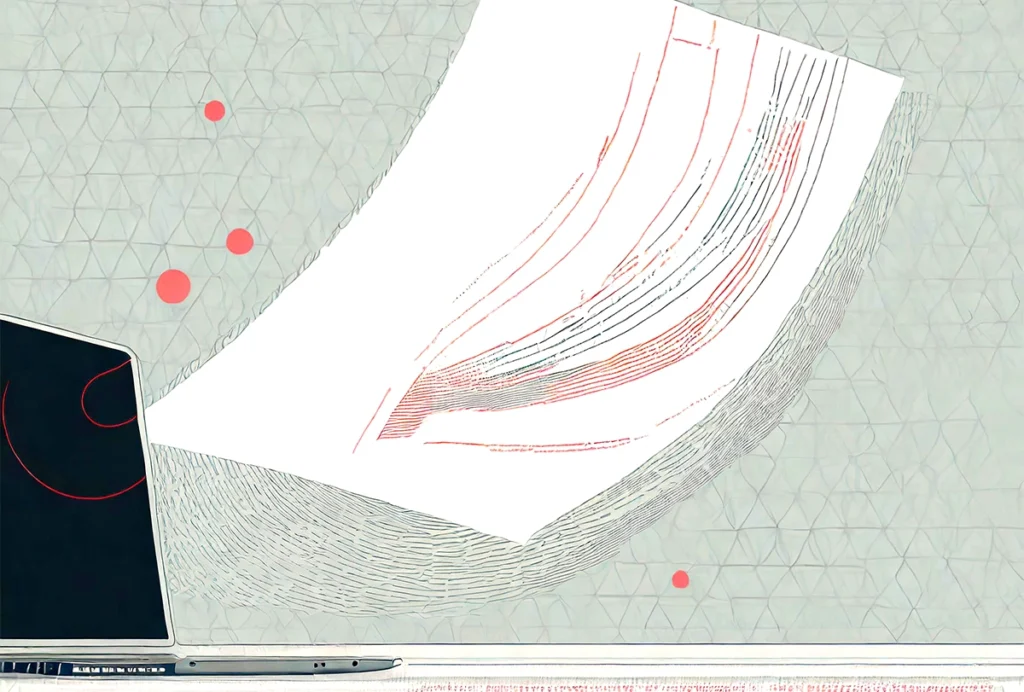
Boost your writing with AI personas
Asking ChatGPT to review your own grant proposals can help you spot weaknesses.
Explore more from The Transmitter
New connectomes fly beyond the brain
Researchers are mapping the neurons in Drosophila’s ventral nerve cord, where the central nervous system meets the rest of the body.
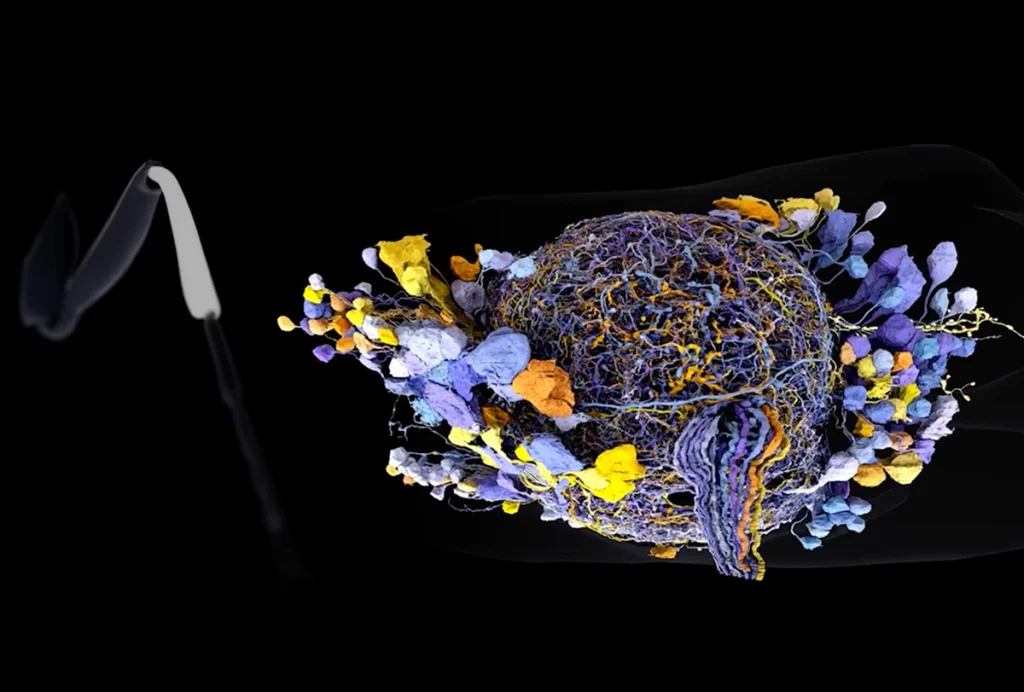
New connectomes fly beyond the brain
Researchers are mapping the neurons in Drosophila’s ventral nerve cord, where the central nervous system meets the rest of the body.
Building an autism research registry: Q&A with Tony Charman
A purpose-built database of participants who have shared genomic and behavioral data could give clinical trials a boost, Charman says.
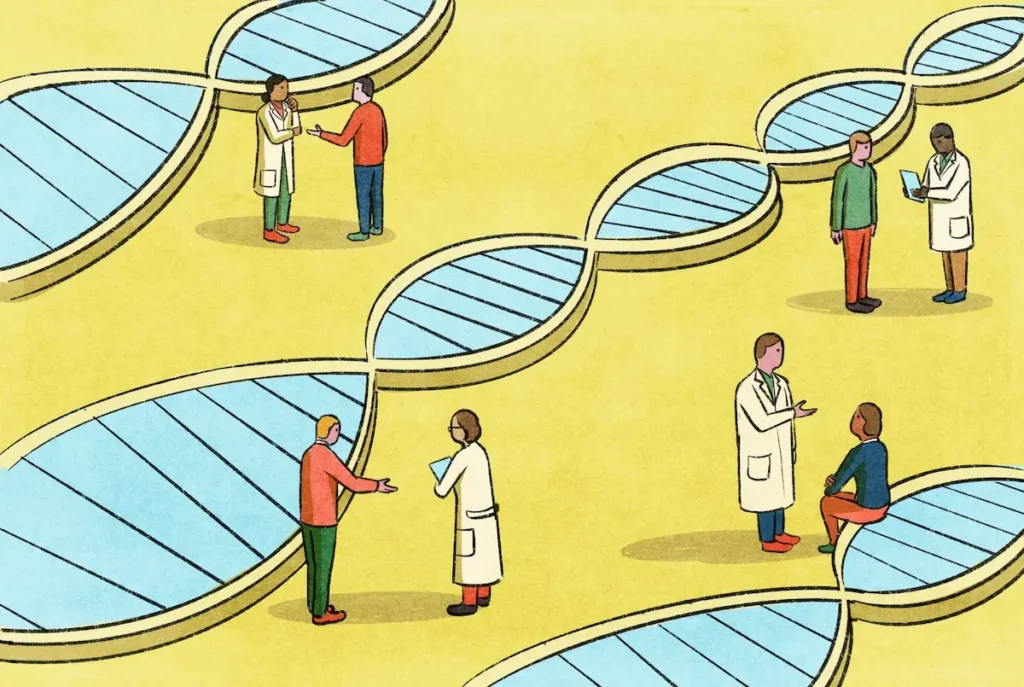
Building an autism research registry: Q&A with Tony Charman
A purpose-built database of participants who have shared genomic and behavioral data could give clinical trials a boost, Charman says.
Cerebellar circuit may convert expected pain relief into real thing
The newly identified circuit taps into the brain’s opioid system to provide a top-down form of pain relief.
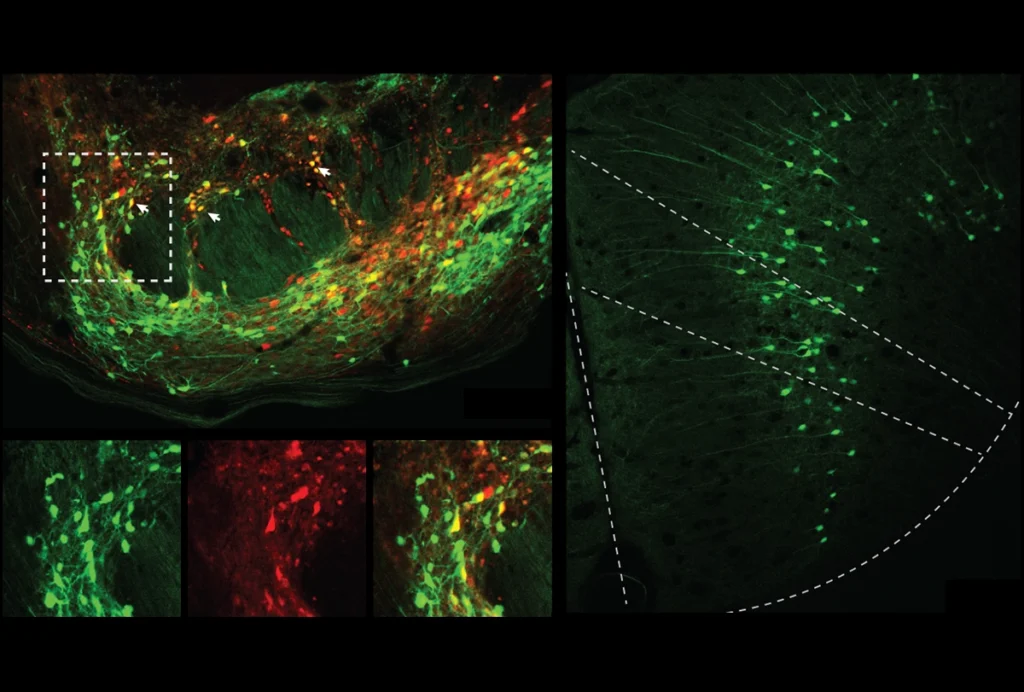
Cerebellar circuit may convert expected pain relief into real thing
The newly identified circuit taps into the brain’s opioid system to provide a top-down form of pain relief.